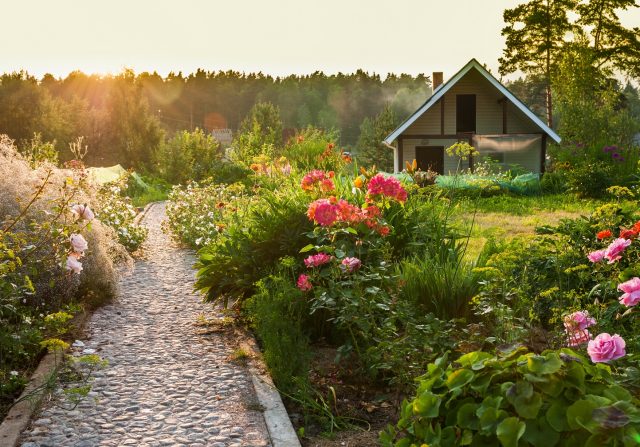Green vegetables are a rich source of nutrients particularly iron, the most essential element required by the body. Why don’t you grow your own veggies?
With population density on the high, and living spaces growing smaller, gardening is seemingly an impossible hobby. We are also forced to eat genetically modified and insecticide-filled vegetables on a daily basis.
Though vegetables can be easily grown at home organically, a common misconception is that the lack of space prevents us from growing our own fresh veggies. A family can easily nurture green vegetables, particularly salad greens, within the limited spaces available with a little creativity.
Micro-gardening is indeed a model of sustainable development. Spaces such as rain gutters, window sills, corners, niches and steps can be transformed into agricultural areas with some imagination!
- Micro greens, i.e. tender and tangy lettuce and mustard greens that are chopped off young (usually when they are barely a few weeks old) can be grown in the tiniest of living spaces. The short growth span makes micro greens easy to produce on window sills. Plastic takeaway containers can be upcycled to hold these plants and they fit snugly on window sills.
- Cinderblocks can also be arranged to hold herbs. They come in different shapes and sizes and can be arranged to form pretty patterns.
- Pallets are another ingenious option that can be used to grow salad greens.
- Discarded 2-liter plastic water bottles need not increase landfill. The bottles can be cut in such a way that the top half fits down into the bottom half. A hole is drilled through the center of the lid of the bottle and a wick is inserted through the hole and tied to help absorb water. The bottom portion of the bottle is filled with water while the top of the bottle is inverted and filled with potting soil. Seeds can be planted in the bottle and it waters itself when water is provided in the bottom half of the bottle.
- Rain gutters are perfect for growing salad greens since lettuce, spinach and other greens have shallow root systems. They can be mounted along the eaves or on the side of balconies, along a deck railing or under a windowsill as a small planter.
- Companion planting helps conserve space and keep pests at bay too. Shade-tolerant plants like lettuce benefit from being planted next to taller crops. Early harvested vegetables, such as spinach, radishes and peas, can be planted with slower growing crops like broccoli.
- Succession planting,e. reseeding quick-growing crops every two to three weeks during the growing season is also important for micro gardening. Vegetables like zucchini and lettuce produce in excess and by successively planting, the required quantity will be available for longer periods.
When astronauts in outer space can grow lettuce, why can’t we use some ingenuity to have fresh green vegetables plucked right out of the kitchen? All that is required is the right containers, correct soil, adequate water and non-toxic pest repellants.












































